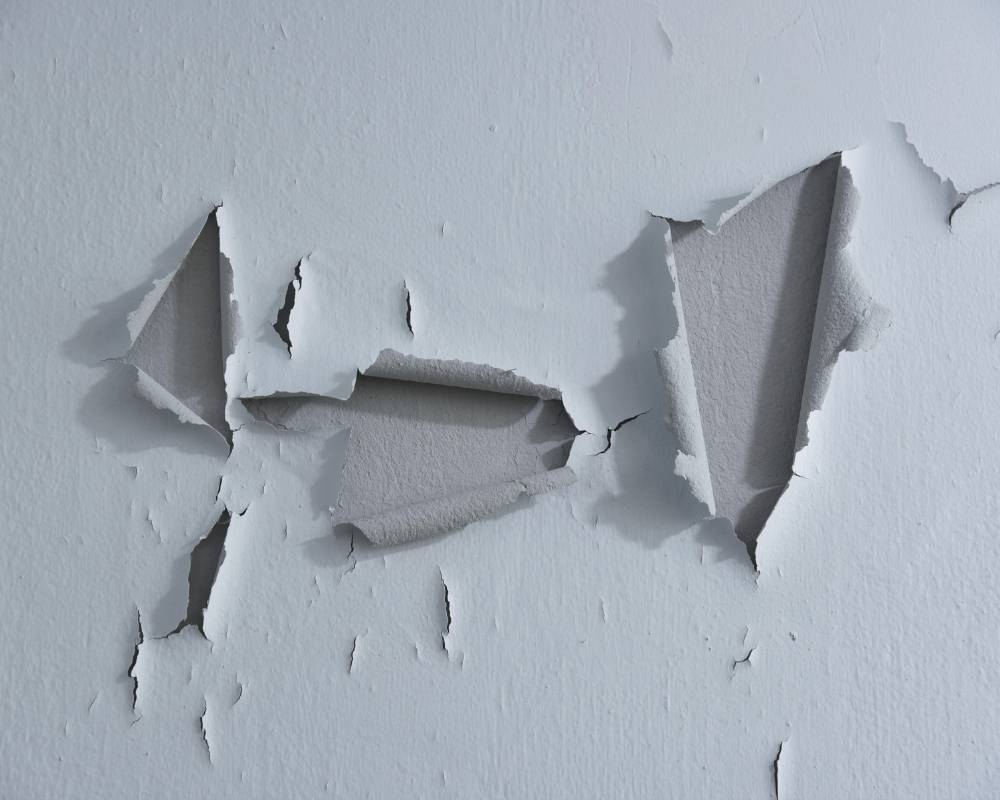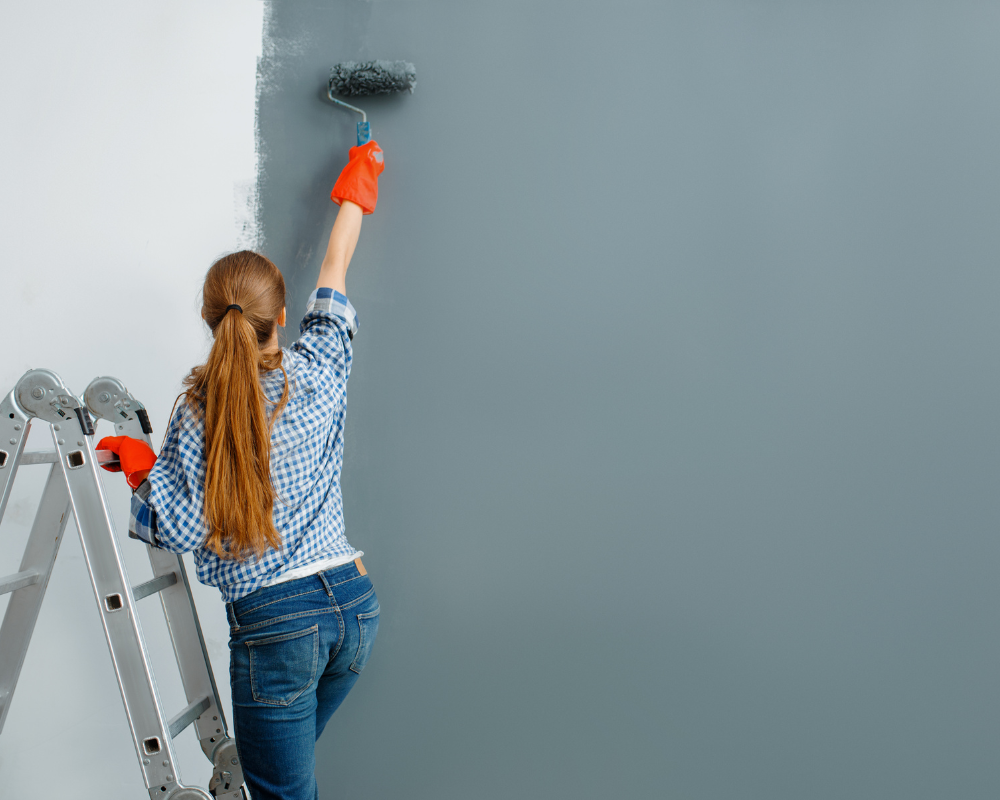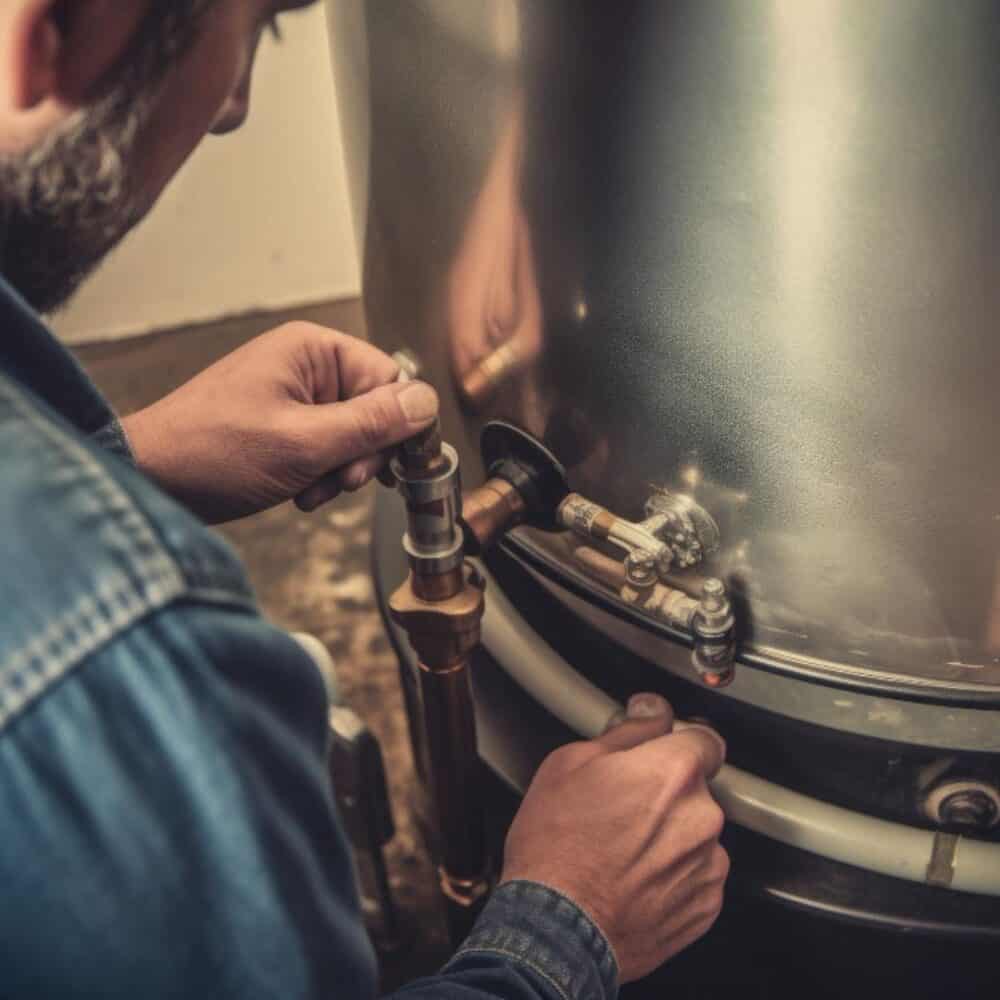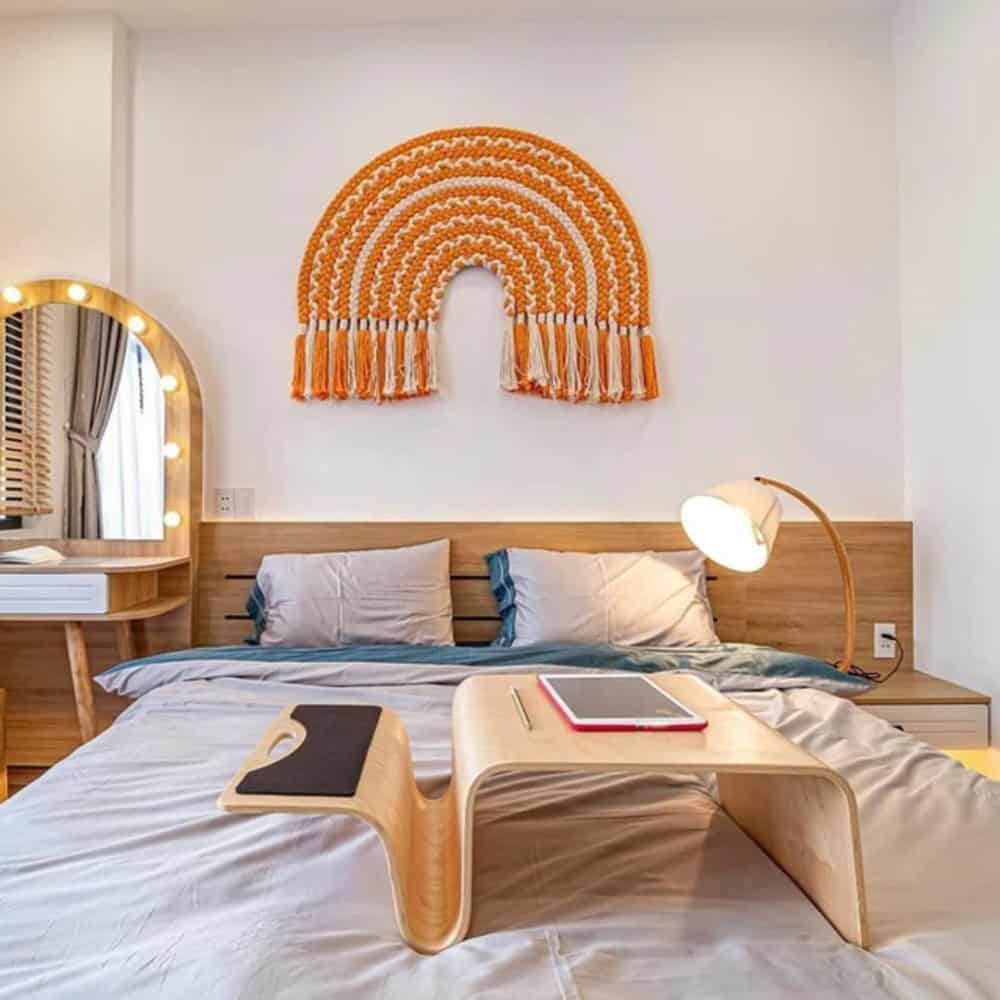3 Reasons Your Wall Paint Is Peeling (And How To Prevent This In The Future!)
You fancied a change of scenery inside your home, so you opted to repaint the walls. You chose a room, removed the old wallpaper/paint, and then went over it with a splash of new colour. It looked amazing at first—the new colour helped the room pop and breathe new life into it—but then things took a turn for the worse.
After just a few days, you noticed the paint started peeling.
Where once you had beautifully new walls, you now have horrible peely ones that make your home look old and worn. How has this happened – and what can you do to stop wall paint from peeling in the future?
You didn’t prepare the surface properly

Generally speaking, painting your rooms isn’t one of the home projects you shouldn’t DIY. It can be done alone, but if your paint begins to peel, it could be a sign of poor preparation. The walls need to be as smooth and clean as possible, which involves removing any old wallpaper/paint and taking the time to clean and smooth out the surface.
You may not have done this, which means the paint doesn’t adhere to a good surface and peels off. Prevent this by taking more care during the preparation stage. It could be a good idea to bring in some plasterers so they can provide skimming services. This is where they use a very small coat of plastering to walls and ceilings, providing a perfectly smooth surface for painting and leading to more adhesion.
You slathered down too many layers of paint
You are supposed to lay down at least two layers of paint for a consistent coating on the walls/ceiling. However, you might’ve put a few too many layers on your walls. You got carried away trying to make it look bold and beautiful, but the paint was put on too thickly.
When the layers are too thick, the paint struggles to stick to the surface and begins cracking or peeling. The easy solution to this is to avoid putting too many layers down! Two coats should be enough, and be sure you’re not slathering on thick layers, too.
You used the wrong type of paint

The first two reasons might not be why your walls started peeling very quickly. Instead, it could be down to the type of paint you used for interior decorating. First of all, make sure you only use paint that’s designed for inside your home. Using exterior paint will lead to all sorts of problems with cracking and peeling.
Secondly, check that the paint is still in date – it can go off, and if it has, then that’s why it’s cracking.
Finally, be sure you’re using high-quality paint from good brands. It pays to spend a little extra on good paint as it’s mixed better and will last for much longer. Often, the reason you put too many layers of paint on is that the paint itself is low quality. You felt forced to slather on more coatings, causing the problem mentioned earlier.
Make your next DIY paint job a better one by preparing the walls properly, using the best quality indoor paint you can find and holding back on the number of layers you slap down!



